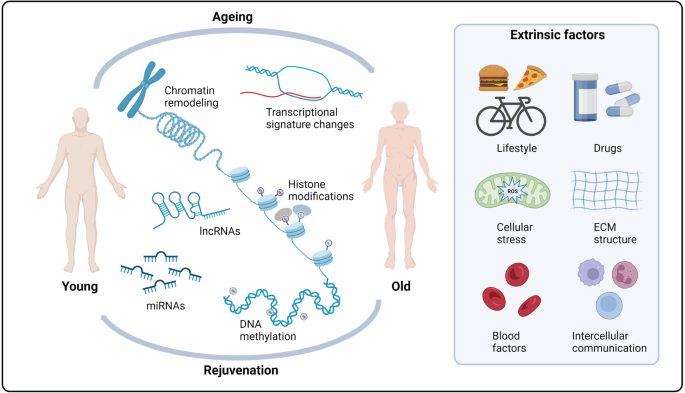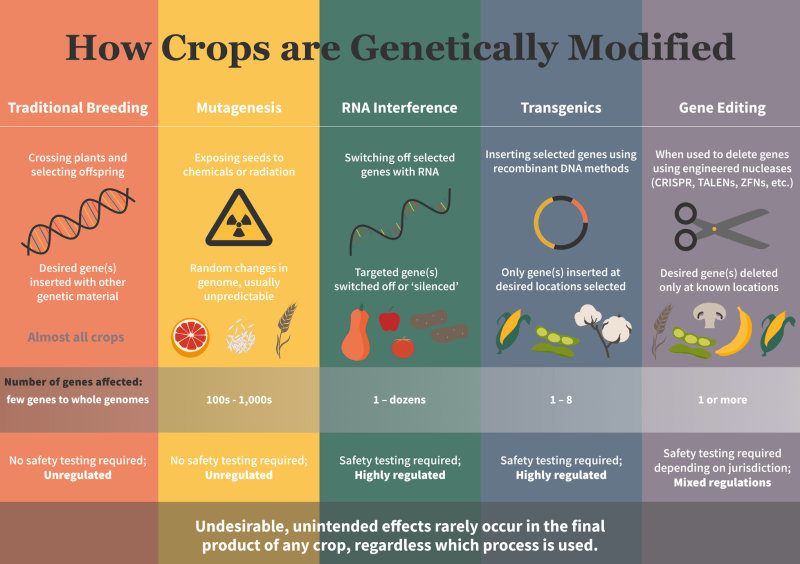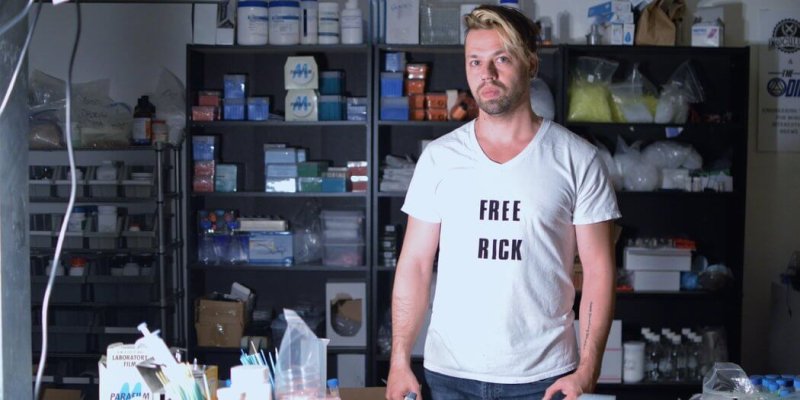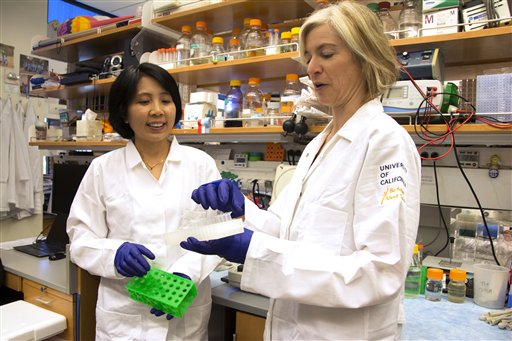Genetic biohacking has gained significant traction in recent years, fueled by advancements in gene-editing tools like CRISPR-Cas9. This movement, rooted in the DIY (Do-It-Yourself) biology community, allows individuals to experiment with genetics outside traditional research institutions. While biohacking has the potential to drive innovation, it also raises concerns about safety, ethics, and the need for regulation.
We are entering an era where anyone with a few hundred dollars and a little bit of know-how can edit genes. That’s both exciting and terrifying.
Jennifer Doudna, Co-inventor of CRISPR-Cas9
In this blog, we’ll explore the current landscape of genetic biohacking regulation, analyzing its challenges, legal frameworks, and the implications for the future. Data and insights from PMC7004414 (available on PubMed Central) will help us understand how authorities are responding to this evolving field.
The Rise of Genetic Biohacking
Genetic biohacking refers to the practice of modifying genes outside professional laboratories, often by amateurs or independent researchers. Biohackers use various techniques, including:

- CRISPR-Cas9 gene editing
- Synthetic biology to engineer bacteria or yeast
- Self-experimentation with gene therapy
- DNA synthesis and molecular cloning
This movement is part of a broader trend where biology is becoming more accessible to the public. Commercially available genetic engineering kits, DIY lab equipment, and open-source information have made it possible for anyone with an interest in biotechnology to experiment.
Benefits and Risks of Genetic Biohacking
Like any disruptive technology, genetic biohacking offers both promise and peril.

Potential Benefits
- Medical Advancements – Independent researchers and citizen scientists could make breakthroughs in personalized medicine, new treatments, or therapies for genetic disorders.
- Increased Public Engagement – More people engaging in biological sciences could accelerate innovation and foster a deeper understanding of genetics.
- Low-Cost Research – Biohackers can perform experiments at a fraction of the cost compared to traditional labs, democratizing access to biotechnology.
Key Risks and Concerns
- Biosafety Threats – Unregulated genetic modifications could result in unintended consequences, such as the creation of harmful pathogens.
- Ethical Dilemmas – Self-experimentation and genetic enhancement raise serious ethical questions about human intervention in evolution.
- Bioterrorism Risks – The potential for bad actors to misuse biohacking for harmful purposes is a significant concern for policymakers.
The Regulatory Landscape of Genetic Biohacking
1. United States
In the U.S., multiple agencies oversee genetic engineering and biohacking activities:
The rise of biohacking presents a regulatory challenge: how to encourage innovation while ensuring safety and ethical responsibility.
George Church, Geneticist and Professor at Harvard Medical School
- FDA (Food and Drug Administration) – Regulates gene therapy and genetic modifications that affect human health.
- NIH (National Institutes of Health) – Provides guidelines for genetic research, though compliance is mainly required for federally funded institutions.
- EPA (Environmental Protection Agency) – Regulates genetically modified organisms (GMOs) that impact the environment.
- USDA (United States Department of Agriculture) – Oversees agricultural genetic modifications.
DIY biohacking often operates in a legal gray area, as traditional regulatory frameworks were designed for institutional research rather than personal experimentation. However, the FDA has taken a firm stance against unauthorized gene therapies, warning that self-administration of genetic modifications is illegal.
2. European Union
The European Medicines Agency (EMA) and individual national governments regulate genetic engineering under stringent laws. The EU takes a more precautionary approach, enforcing strict guidelines on genetically modified organisms (GMOs) and human genetic modifications. Unlike the U.S., where biohackers operate with some flexibility, EU laws largely restrict non-professionals from engaging in genetic modification.
3. Asia
Regulations vary widely across Asia. Countries like China and Japan have implemented strict policies on gene-editing, particularly following controversies surrounding CRISPR-babies. Meanwhile, other nations in the region are still developing comprehensive biohacking regulations.
Case Studies: Biohacking Incidents and Their Regulatory Impact
1. The Josiah Zayner Controversy

Josiah Zayner, a well-known biohacker, made headlines when he injected himself with CRISPR-modified DNA to enhance muscle growth. His actions sparked a debate on self-experimentation and prompted regulatory scrutiny. In 2019, the California Department of Consumer Affairs launched an investigation into Zayner’s company for potentially violating medical regulations.
2. DIY Insulin Production
A group of biohackers successfully developed an open-source method for producing insulin, aiming to make diabetes treatment more affordable. While the effort was well-intentioned, it raised concerns about quality control, safety, and compliance with pharmaceutical regulations.
The Future of Genetic Biohacking Regulation
As genetic biohacking continues to evolve, regulatory frameworks will need to adapt to balance innovation with safety. Potential future approaches include:
- Stronger Oversight of DIY Kits – Governments may impose stricter regulations on the sale and use of genetic engineering kits.
- Biohacking Registration Systems – Establishing a registry for biohackers to ensure safety compliance.
- Ethical Review Committees – Creating advisory panels to assess the risks and benefits of genetic biohacking projects.
- Public Education and Awareness – Encouraging responsible biohacking practices through education and community guidelines.
Breaking Down the Barrier
Genetic biohacking represents an exciting frontier in biotechnology, offering opportunities for scientific progress and medical innovation. However, without proper regulation, it also poses significant risks. Governments and policymakers must work collaboratively to establish clear, enforceable rules that protect public safety while fostering innovation.
As the field advances, striking the right balance between freedom and regulation will be crucial in shaping the future of DIY genetic engineering.
Recent Insights on Genetic Biohacking Regulation: Navigating the Future of DIY Gene Editing
The rise of DIY gene editing has sparked excitement and controversy. As biohackers experiment with CRISPR and other genome-editing technologies, regulators worldwide are working to establish ethical and safety guidelines. Recent research and discussions highlight key developments in genetic biohacking regulation.
“CRISPR Biohacking: A Public Health Concern?”
A 2024 study in Nature Biotechnology examined the unregulated use of CRISPR by amateur biohackers. Researchers analyzed over 500 DIY CRISPR kits available online and found that 30% contained bacterial strains with unknown risks. The study called for stricter oversight of consumer gene-editing products to prevent potential public health threats.
[Read the study here.]
“FDA Cracks Down on DIY Gene Therapy”
In January 2024, the U.S. Food and Drug Administration (FDA) issued warning letters to biohacking companies selling gene-editing kits for human use. Regulators emphasized that self-experimentation with unapproved genetic therapies poses significant safety risks. The FDA proposed new legislation to strengthen oversight of direct-to-consumer genetic modification kits.
[Explore the FDA announcement here.]
“Ethical Dilemmas in DIY Genetic Enhancement”
A 2023 Lancet Bioethics report explored the growing trend of DIY genetic enhancements, such as self-administered gene therapy for muscle growth and cognitive improvement. Experts debated the ethical implications of personal genome modification, raising concerns about safety, consent, and genetic inequality.
[Read the report here.]
“The Rise of Global Biohacking Regulation”
A 2024 review in Genome Policy Journal analyzed how different countries regulate genetic biohacking. While the EU and China have imposed strict bans on DIY gene editing, the U.S. and Canada are considering a more flexible approach, focusing on harm reduction rather than criminalization. The review emphasized the need for global cooperation in regulating biohacking.
[Read the review here.]
“CRISPR and DIY Science: The Role of Open-Source Biology”
A 2023 Science & Society study highlighted the role of open-source biology in genetic biohacking. Researchers examined community labs and found that 75% promoted ethical guidelines and biosafety training. The study suggested that instead of outright bans, policymakers should work with biohacking communities to encourage responsible innovation.
[Discover the study here.]
“AI in Biohacking: Predicting Genetic Risks”
A 2024 study in Nature Machine Intelligence demonstrated how artificial intelligence can predict unintended consequences of DIY gene edits. The AI model analyzed over 10,000 genetic modifications and identified high-risk mutations with potential harmful effects. This technology could be integrated into future biohacking regulations to enhance safety.
[Read the study here.]
“Self-Experimentation vs. Regulation: Where Do We Draw the Line?”
A 2024 WHO panel discussion brought together leading geneticists and policymakers to debate the legal and ethical boundaries of self-experimentation in gene editing. Concerns included accessibility, informed consent, and the long-term societal impact of unregulated genetic modification.
[Watch the panel discussion here.]
“Genetic Biohacking and the Future of Medicine”
In a 2024 TED Talk, Dr. George Church, a pioneer in genetic engineering, discussed how biohacking could revolutionize personalized medicine. He proposed a regulatory framework that balances safety with the freedom to innovate, allowing citizen scientists to contribute to medical advancements responsibly.
[Watch the TED Talk here.]
These insights reflect the fast-evolving landscape of genetic biohacking regulation. As technology advances, striking a balance between innovation and safety will be crucial in shaping the future of DIY gene editing.

























